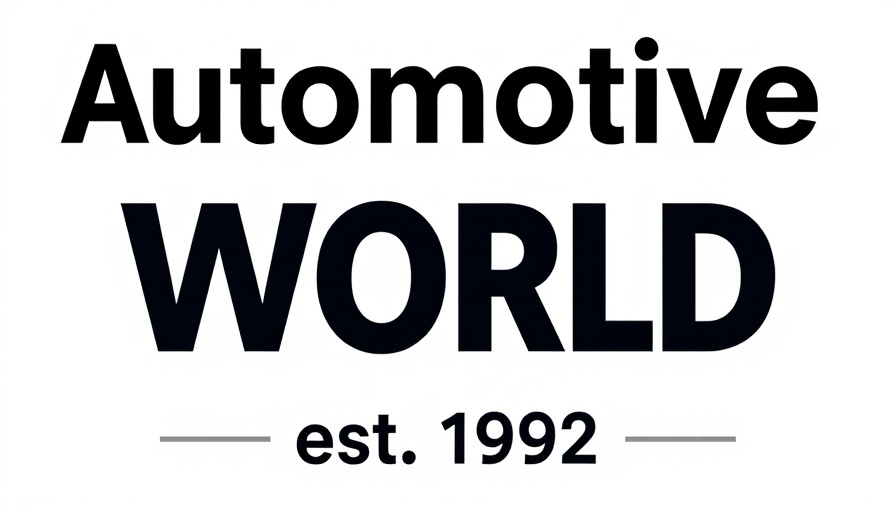
The Shift Towards Domestic Graphite Production
General Motors (GM) is making a significant move in the electric vehicle (EV) market by forging a deal with Vianode, a Norwegian company specializing in synthetic graphite production. This agreement marks a paradigm shift in sourcing critical materials for EV batteries, especially given that China currently dominates the global graphite supply, controlling around 95% of it. As GM aims to reduce its dependency on foreign sources, particularly those deemed risky by the U.S. government, this partnership represents not just a business move, but a strategic repositioning in an increasingly competitive and geopolitically sensitive market.
Implications of the Inflation Reduction Act
The partnership comes amid the backdrop of the Inflation Reduction Act (IRA), which has set guidelines for sourcing materials for electric vehicle battery production in North America. Materials produced at Vianode's future plant, set to be operational by 2027, are designed to meet these criteria, potentially allowing GM to continue qualifying for government tax credits essential for the EV market's growth. This compliance not only helps GM remain competitive but also aligns with broader governmental goals to bolster domestic production and reduce vulnerabilities in supply chains.
Environmental Impact and Sustainability Goals
One of the standout features of Vianode's synthetic graphite production is its significantly lower carbon footprint—reportedly, the process is up to 90% more efficient than traditional methods. This move underscores GM's commitment to sustainability within its operations. As consumers increasingly prioritize eco-friendly practices in their purchasing decisions, GM's choice to emphasize a greener graphite supply may enhance its brand reputation and appeal to environmentally conscious buyers.
The Future of EV Battery Technology
GM's decision to explore varied battery formats, including prismatic cells, indicates the automaker's flexible approach to technology and innovation. The manufacturing plant's projected output of 80,000 tons of synthetic graphite can support around 1.5 million EVs by 2030. This kind of scale shows GM's forward-thinking strategy, enabling the company to adapt to evolving market demands while addressing critical material shortages.
Challenges and Risks Ahead
While this pivot away from China presents opportunities, there are inherent risks involved. The global trade landscape remains volatile, and relying solely on nascent production facilities comes with uncertainties regarding capacity, costs, and meeting demand. Additionally, macroeconomic factors such as fluctuations in energy prices or regulatory changes could pose future challenges that GM must navigate carefully.
Conclusion: A New Dawn for Electric Vehicles
As GM steps into this new strategic partnership, it not only enhances its supply chain resilience but also positions itself as a leader in the transition to sustainable transportation. The movement towards domestic graphite production is more than just a business decision; it signals a broader shift in how automotive manufacturers are rethinking their operations in light of geopolitical realities and climate imperatives. This evolution could redefine the future of electric vehicles and set a benchmark for industry practices.
 Add Row
Add Row  Add
Add 




Write A Comment